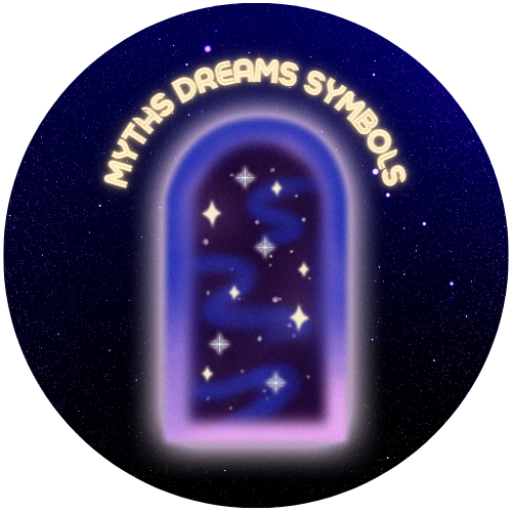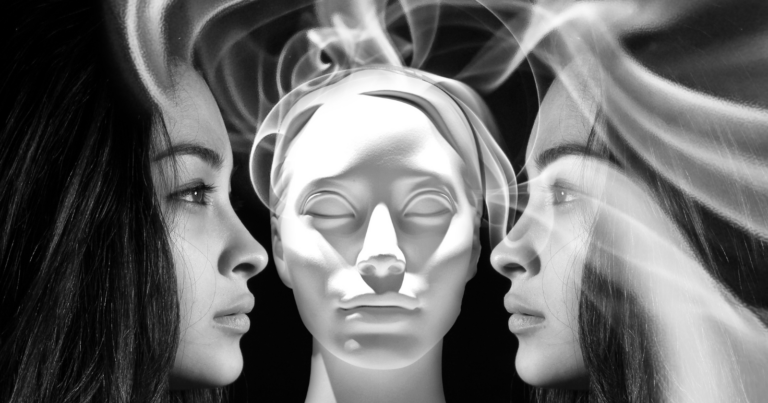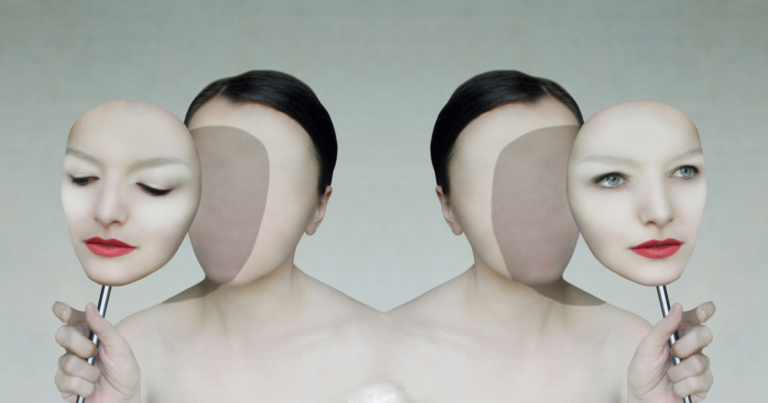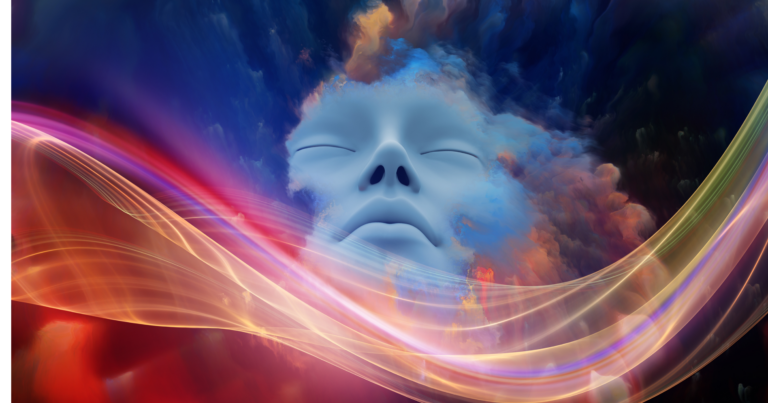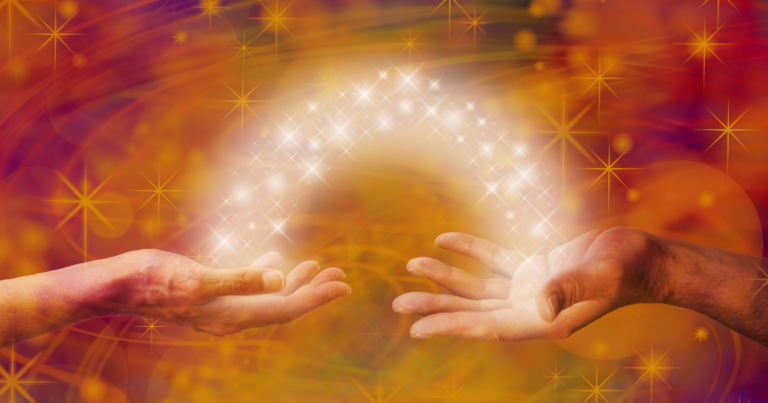In the depths of our psyche lies a territory often left unexplored, known as the Shadow. This concept, introduced by the Swiss psychiatrist Carl Jung, represents the dark side of our personality—those aspects of ourselves that we deny or repress because they conflict with our ideal self-image.
Yet, the Shadow holds immense power, and confronting it can lead to profound personal growth. Let’s embark on a journey to understand the Shadow and its significance in myths, dreams, and symbols.
The Nature of the Shadow
The Shadow is composed of the thoughts, feelings, desires, and impulses that we deem unacceptable, either due to societal norms or personal standards. It can manifest as jealousy, anger, selfishness, or any trait that we wish to hide from the world and ourselves. Despite its negative connotation, the Shadow is not inherently evil; rather, it is a natural part of the human psyche, containing hidden strengths and insights.
The Shadow in Dreams
Dreams serve as a mirror, reflecting the contents of our unconscious, including the Shadow. In dreams, the Shadow may appear as a figure of the same gender as the dreamer, often engaging in behaviors or expressing attitudes that the dreamer consciously rejects. Encountering the Shadow in dreams can be unsettling but is also a call to introspection and self-discovery.
Mythological Perspectives
Mythology is replete with figures and stories that embody the concept of the Shadow. From the deceptive Loki in Norse mythology to the vengeful Hera in Greek myths, these characters represent the darker aspects of human nature that exist within us all. Myths provide a narrative framework for understanding the Shadow, offering lessons on the consequences of ignoring or suppressing this part of ourselves.
Confronting the Shadow
Acknowledging and confronting the Shadow is a crucial step in achieving psychological wholeness, a process Jung termed individuation. This involves recognizing the traits and impulses we have disowned, understanding their origin, and integrating them into our conscious life. By doing so, we can reconcile our internal contradictions and embrace a more authentic self.
The Role of Symbols
Symbols play a vital role in the process of confronting the Shadow. In dreams and myths, symbols such as dark forests, caves, or monsters can represent the Shadow, offering clues to its nature and how we might integrate it. Engaging with these symbols, whether through dream analysis, creative expression, or meditation, can facilitate a dialogue with the unconscious, unlocking insights and promoting healing.
Conclusion: The Path to Wholeness
Embracing the Shadow is not a task for the faint-hearted, but it is a journey well worth undertaking. By exploring the dark side of our psyche, we uncover the full spectrum of our humanity, transforming our weaknesses into strengths and our fears into wisdom. In the dance of light and shadow, we find balance, becoming more whole, resilient, and deeply connected to the universal human experience.
As we navigate the landscapes of myths, dreams, and symbols, let us remember that the Shadow is not an enemy to be vanquished but a teacher to be understood. In its depths, we discover not only our hidden selves but also the keys to a more profound and fulfilling life.
